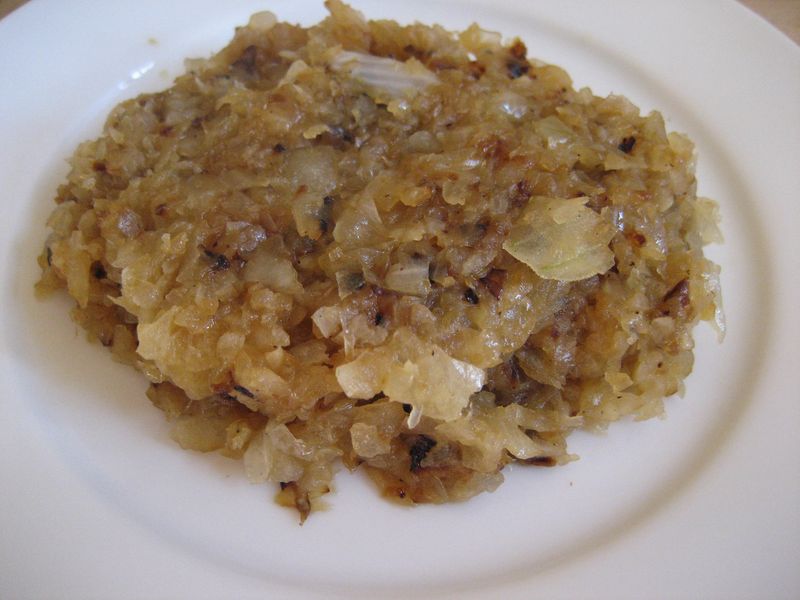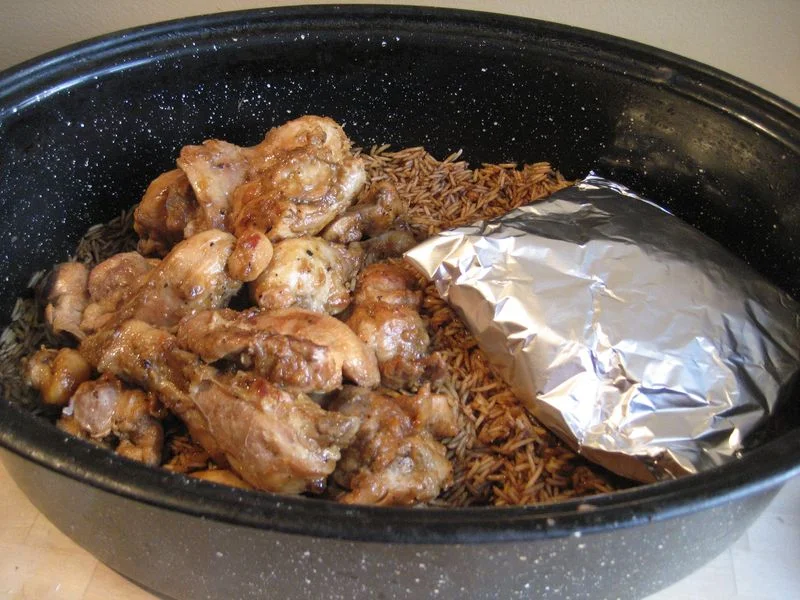Helen Saberi
By guest blogger: Helen Saberi
As the small aeroplane from Peshawar came into land bumpily at Kabul airport on 4 March 1971 little did I know that I was to marry an Afghan and spend the next nine years happily living in Afghanistan. My first impressions from the air were of the snow-capped mountains circling what seemed like a huge dust bowl. However, after these first rather daunting impressions I grew to love Afghanistan – its stark and stunning scenery, the brilliant blue skies, snow-clad mountains, lush green valleys, the colourful and bustling bazaars; but most of all I loved it for the wonderful hospitable people.
TeaforTwo
Hospitality and tea play a very important part in the lives of the Afghan people. Tea is drunk copiously throughout the day. The warmth and generosity of Afghan hospitality can be almost overwhelming at times. During the time I lived in Afghanistan I was lucky enough to travel around the country visiting places and towns such as Herat, Mazar-e-Sharif, Kunduz, Bamian, Bandimeer, Kandahar, Jalalabad and many other places. I was also fortunate enough to be a guest in many households. A guest is always made to feel welcome and special. He or she will be invited to sit in the place of honour at the head of the room and made comfortable on colourful cushions called tushak with a pillow (bolesht) placed behind to lean back on before being offered tea.
Tea (chai) will be served. It may be green tea or black.
Meanwhile the host’s family will be preparing the best possible food. The tea is sometimes served in small glasses called istakhan or small porcelain handle-less bowls, similar to the Chinese tea bowl, called piala.
TeawithAghanNationalPolice
Western style cups may be used, especially in the cities. The first cup of tea is usually served with an enormous amount of sugar – the more sugar, the more honour. Another Afghan custom is to have the first cup of tea sweet, chai shireen, followed by another cup without sugar, called chai talkh. Many people dip sugar lumps or cubes, called qand, in their tea which they then hold in their mouths as they sip the tea. Sometimes, especially if it is winter, ghur, which is a kind of lump sugar made from sugar cane, is served with tea because of its warming properties. Chai is often flavoured with green or white cardamom – the pod is opened and the seeds crushed and sprinkled over the tea. Sometimes a whole pod is lightly crushed and put into the teapot before boiling water is poured over.
Noqul
Noqul, sugar covered almonds with a hint of cardamom Your glass or cup is constantly refilled by your host. You must remember to turn your glass or cup over when you have had enough otherwise the refilling will continue! Sometimes tea is served in individual teapots allowing the guest to pour out as much or as little tea he needs or requires. Very often you will be provided with a small bowl for the dregs.
Sweets called shirnee often accompany the tea, especially for guests. These can be ‘chocolate’ (not what we know as chocolate but actually locally-made toffees).
Noql are particularly popular. These are almonds, pistachios or chickpeas coated in sugar. Noql-e-badomi (sugared almonds) are the most popular but my favourite were the noql-e-nakhod (with chickpeas) which were tasty and very moreish.
Humaira in a Kabul pastry shop In the afternoon biscuits (kulcha) may also be served with tea. Although cakes, biscuits and desserts are a luxury in Afghanistan they are often served to guests. I remember very well when unexpected guests arrived in the afternoon we would send a young member of the family or the servant to go and buy biscuits from the bazaar.
Kabul pastry and sweet shop
Many different types were available. My favourite ones were ab-e-dandon which means ‘melt in the mouth’ and they really did! If it was Nauroz (the Afghan New Year) then kulcha-e-Naurozee (also known as kulcha-e-birinji – rice biscuits) were popular. If one knew guests were coming biscuits or pastries might be made at home. For special occasions delicious light and crispy goash-e-feel (literally ‘elephant’s ear’) pastries might be made.
I have vivid memories of the time I visited my husband’s relatives in Kunduz and being shown how to make fritter-like biscuits called kulcha-e-panjerei (meaning ‘window biscuits’) by my husband’s cousin Mahgul. There were, of course, other sweetmeats for us to enjoy but this has remained in my memory for all these years.
I remember the batter being made, the wok-like pan containing oil being heated up over a fire and the fritter iron being used. I remember the sweet crispness of the biscuits. Kulcha-e-panjerei are light and delicate and best eaten when they have cooled down but still fresh and crisp dusted with a little icing sugar just as I ate them in Kunduz many years ago. Here is the recipe.
Kulcha-e-Panjerei
You will need a fritter iron like the one shown in the drawing below, although the patterns do vary considerably. I have one in the shape of a butterfly and one in the shape of a flower.
2 medium eggs
1 tsp sugar
¼ tsp salt
4 oz (110 g) plain flour
1 cup (225 ml) milk
2 tsp melted butter
oil for frying
icing sugar for dusting
Beat the eggs in a bowl until well blended. Add and mix in well the sugar and salt then gradually stir in the flour alternately with the milk and the melted butter. Beat well. Heat about 4” (10 cm) oil in a deep pan or fryer to 200o C (400o F). Immerse the fritter iron in the hot oil to season. Then dip it in the batter, making sure the batter does not cover the top of the iron. Immerse quickly in the hot oil for about 20 to 30 seconds, until the bubbles disappear and the biscuit is golden brown. Remove the fritter carefully from the iron, if necessary with a fork, and drain. Repeat until all the batter is used up. When cool, dust with icing sugar. These are best served immediately and do not store well in a tin.
*Next week, Helen's post will continue with the recipe for Qaymaq Chai. A special milk tea made for celebrations or hosting guests.
Recipes come from Afghan
Food and Cookeryby Helen Saberi published by Hippocrene in the United
States.
Except where otherwise noted, all content on this blog is licensed under the Creative Commons Attribution-NonCommercial-NoDerivs 3.0 Unported license.














